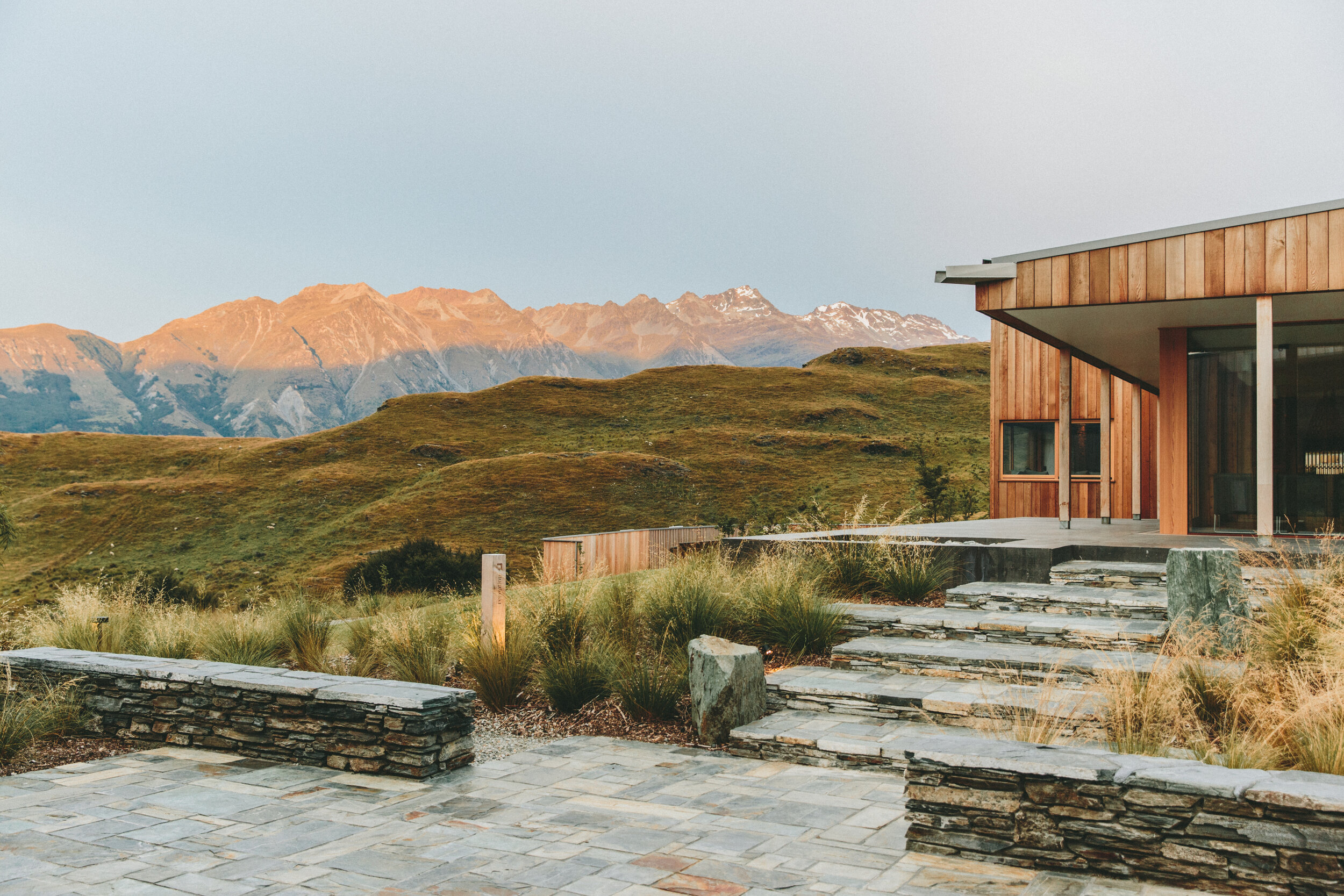
permaculture (pûrˈmə-kŭlˌchər) (n.): an integrative design science used to create systems that provide for human and the earth’s needs through mutually beneficial relationships.
Permaculture Design in South Africa.
Permaculture is often misunderstood as simply a means to grow vegetables organically. It indeed has roots in agriculture but it is far more than that. Permaculutre is a design science that can be applied to all human settlements. Whether this is an urban home or a farm the, fundamental principles are the same. We look to patterns and resilient features found in natural eco-systems as inspiration for how we design systems, whether they be systems for growing food or systems for humans to live in or even communities and organisations.
permaculture (pûrˈmə-kŭlˌchər) (n.): an integrative design science used to create systems that provide for human and the earth’s needs through mutually beneficial relationships.
In Permaculture there are three core ethics – care for the earth, care for the people and reinvest the surplus. It is these fundamental tenants that underpin everything we do.
How can we design systems that mutually beneficial for both humans and whatever ecosystem they find themselves in?
For instance. In nature we observe that nothing is wasted. Can we design homes that use grey water to grow food and sewerage and organic waste to make cooking gas and fertilizer?
Can we view the home as a resource generator rather than a resource demand centre? Whether the resource be water, energy or food?
History.
Permaculture was started by Bill Mollison and David Holmgren in 1978. The term permaculture initially referred to "permanent agriculture", later it was extended to "permanent culture", as it became clear that humans (culture) where indeed critical to (and part of) any truly sustainable system.
"Permaculture is a philosophy of working with, rather than against nature; of protracted and thoughtful observation rather than protracted and thoughtless labor; and of looking at plants and animals in all their functions, rather than treating any area as a single product system."
-
— Bill Mollison, co-founder of permaculture
Permaculture Ethics
Care for the earth
Provision for all life systems to continue and multiply. This is the first principle, because without a healthy earth, humans cannot flourish.
Care for the people
Provision for people to access those resources necessary for their existence
Fair Share
By governing our own needs, we can set resources aside to further the above principles.[19] This includes returning waste back into the system to recycle into usefulness.[20] The third ethic is referred to as Fair Share, which reflects that each of us should take no more than what we need before we reinvest the surplus.
Twelve Permaculture design principles
As articulated by David Holmgren in his Permaculture: Principles and Pathways Beyond Sustainability:
Observe and interact: By taking time to engage with nature we can design solutions that suit our particular situation.
Catch and store energy: By developing systems that collect resources at peak abundance, we can use them in times of need.
Obtain a yield: Ensure that you are getting truly useful rewards as part of the work that you are doing.
Apply self-regulation and accept feedback: We need to discourage inappropriate activity to ensure that systems can continue to function well.
Use and value renewable resources and services: Make the best use of nature's abundance to reduce our consumptive behavior and dependence on non-renewable resources.
Produce no waste: By valuing and making use of all the resources that are available to us, nothing goes to waste.
Design from patterns to details: By stepping back, we can observe patterns in nature and society. These can form the backbone of our designs, with the details filled in as we go.
Integrate rather than segregate: By putting the right things in the right place, relationships develop between those things and they work together to support each other.
Use small and slow solutions: Small and slow systems are easier to maintain than big ones, making better use of local resources and producing more sustainable outcomes.
Use and value diversity: Diversity reduces vulnerability to a variety of threats and takes advantage of the unique nature of the environment in which it resides.
Use edges and value the marginal: The interface between things is where the most interesting events take place. These are often the most valuable, diverse and productive elements in the system.
Creatively use and respond to change: We can have a positive impact on inevitable change by carefully observing, and then intervening at the right time.
